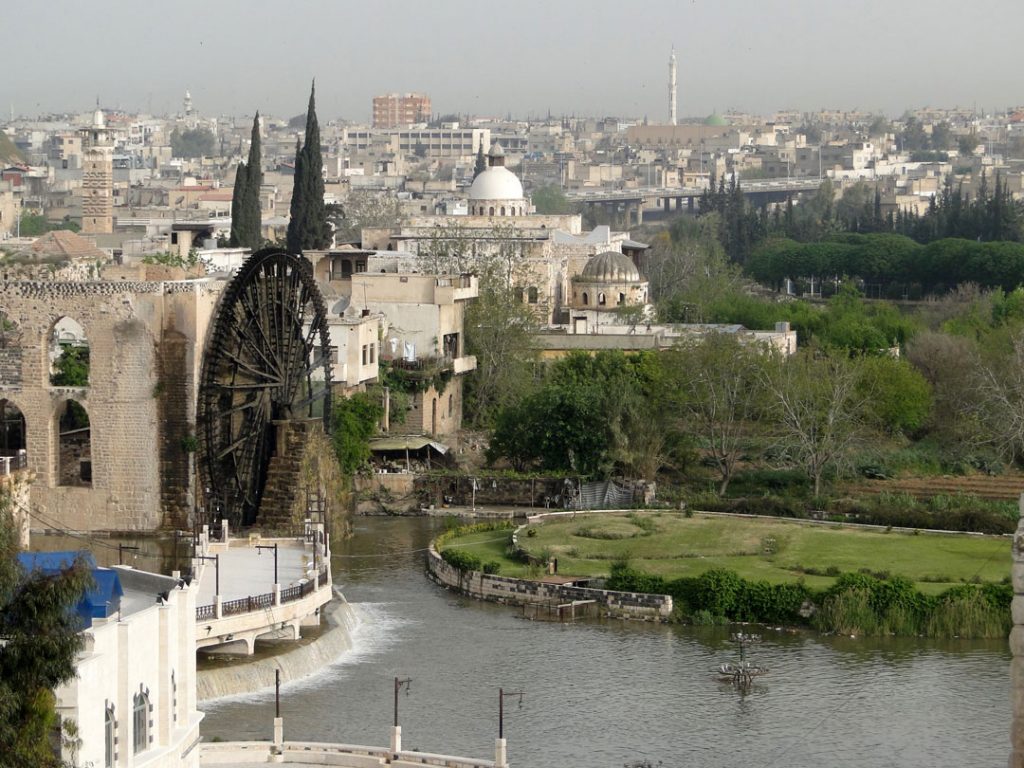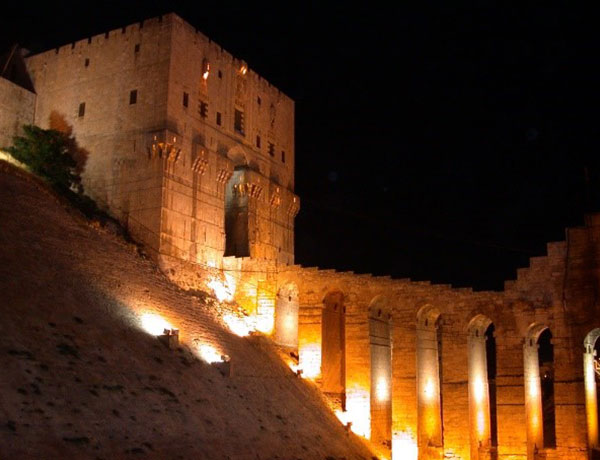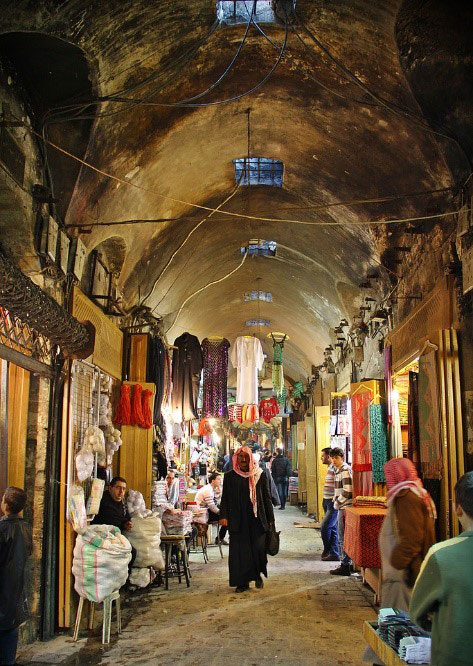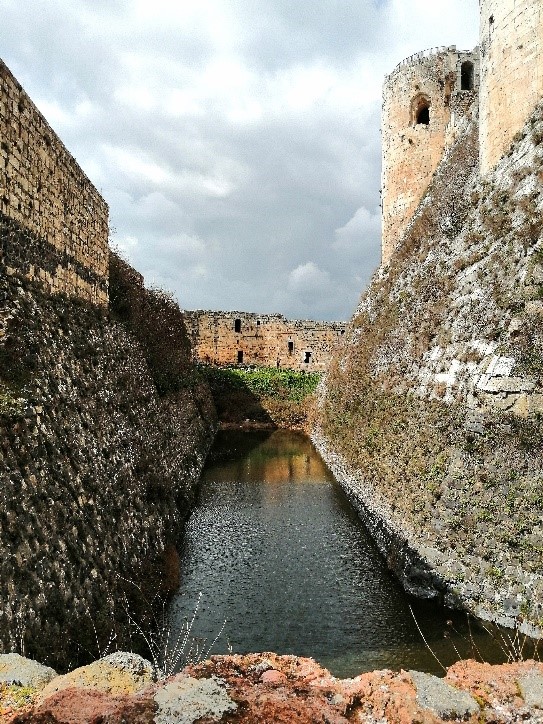9 Days – 8 Nights
Arrival – Transfer to Damascus – overnight at the hotel.
When your plane lands in Lebanon, a driver will be waiting for you at the airport or around Beirut to get you to the Lebanese-Syrian borders. After crossing the borders the car will get you to the hotel in Damascus.


Dinner in a restaurant then overnight in Damascus.

































